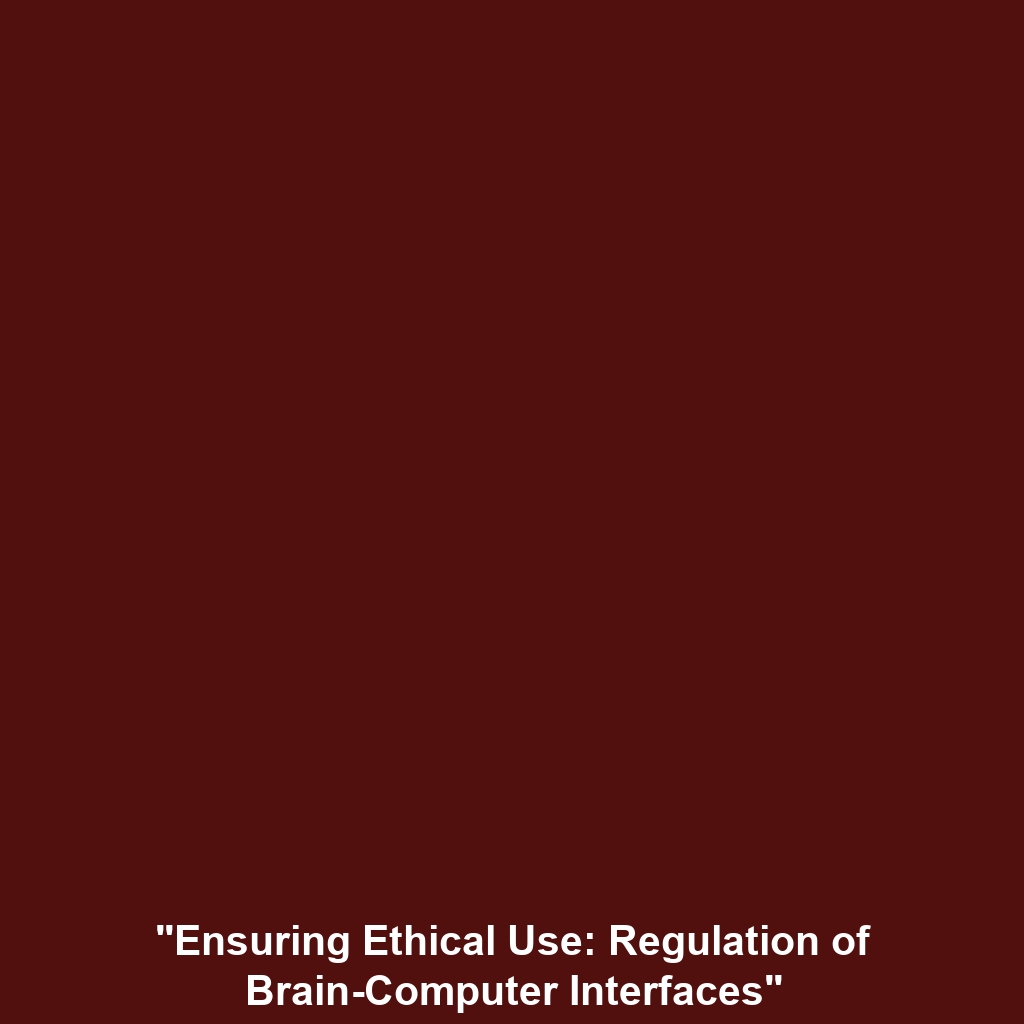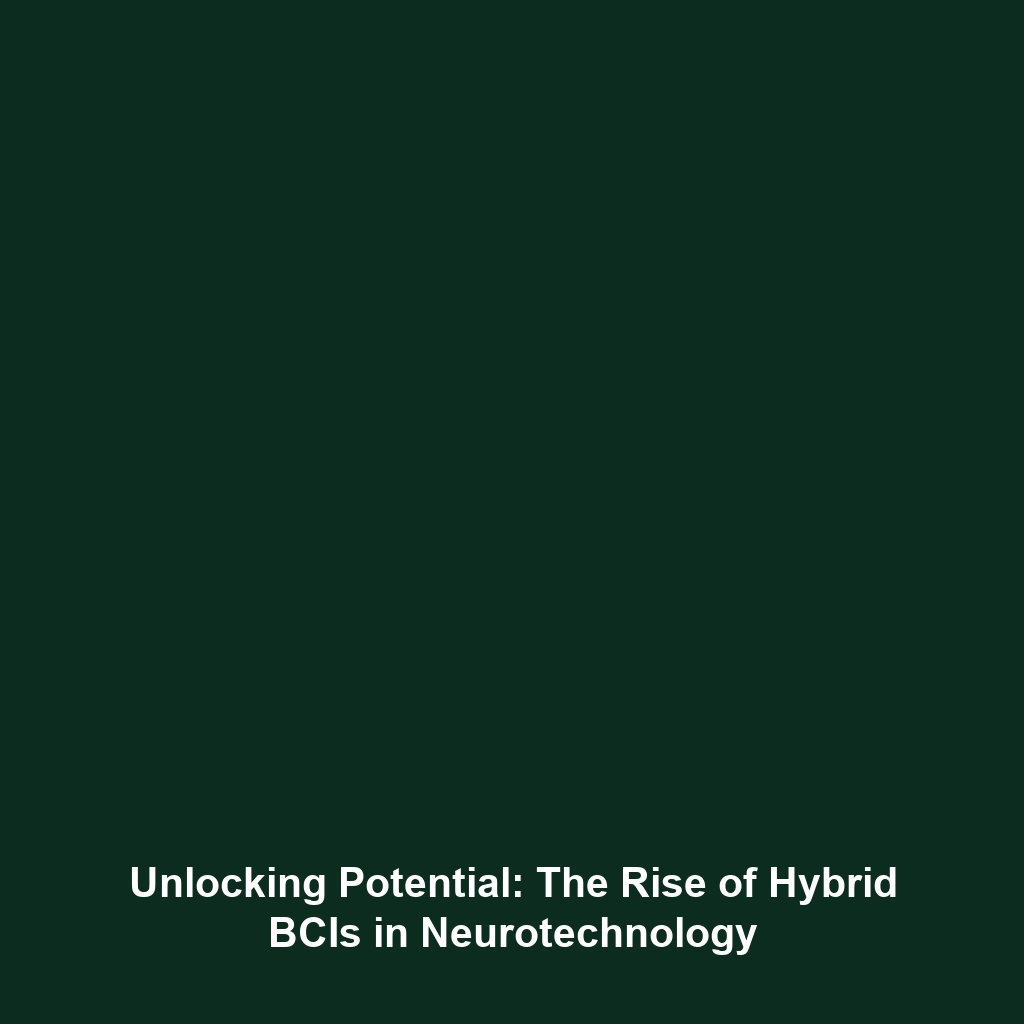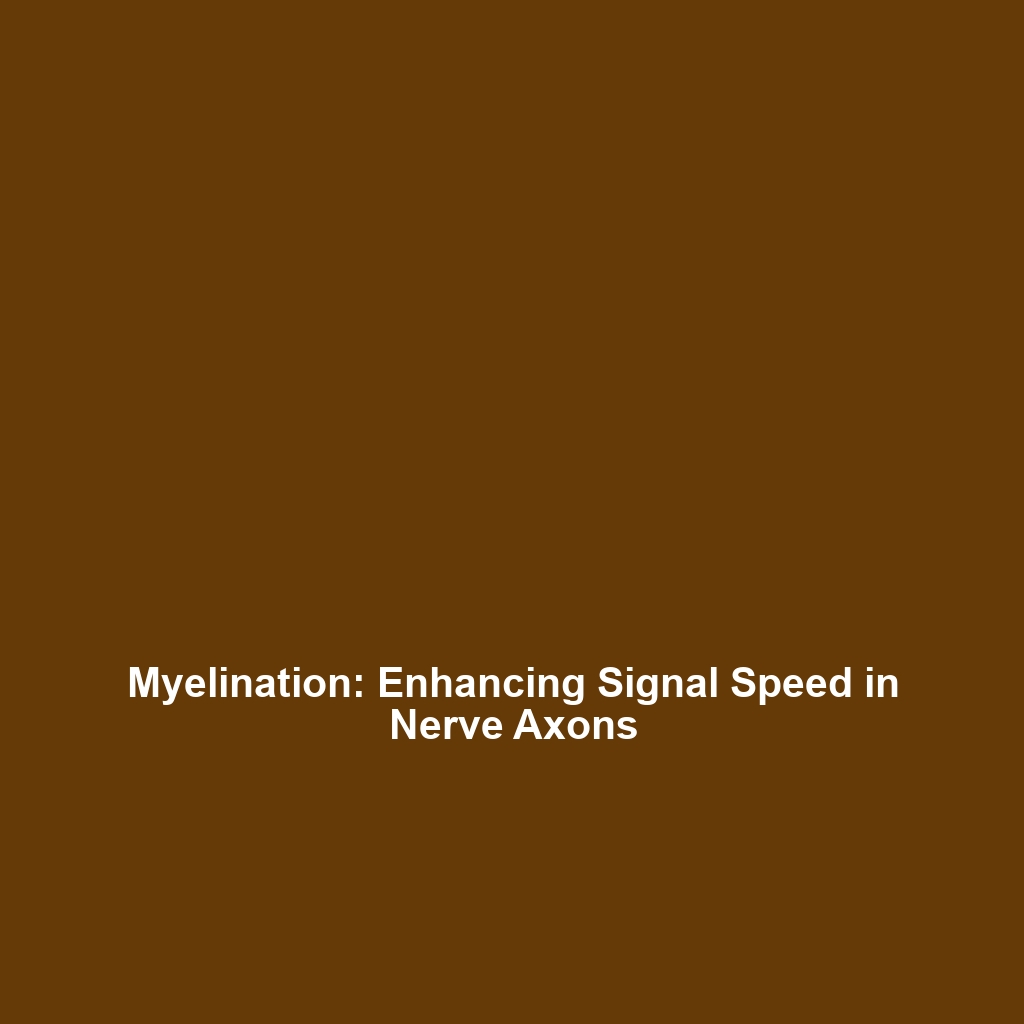Regulation of Brain-Computer Interfaces: Ensuring Ethical Use
Introduction: As the field of Brain-Computer Interfaces (BCIs) advances rapidly, the need for comprehensive regulation becomes critical. Regulatory frameworks are essential to ensure that these technologies are used ethically, protecting individual rights and promoting safety. BCIs have the potential to revolutionize how we interact with the digital world, but without proper oversight, their misuse could have dire consequences. This article explores the implications of regulation in the realm of BCIs, discussing the significance of ethical practices as this groundbreaking technology continues to evolve.
Key Concepts in BCI Regulation
Understanding the regulatory landscape of Brain-Computer Interfaces involves several key concepts:
- Ethical Considerations: Regulations must address ethical implications, ensuring BCIs do not infringe on personal autonomy.
- Safety Standards: Defining rigorous safety protocols during the development and deployment of BCI technologies.
- Data Privacy: Establishing regulations that protect the sensitive neural data collected from users.
- Accessibility: Ensuring fair access to BCI technologies, preventing socioeconomic disparities in usage.
Applications and Real-World Uses
The development of regulations surrounding Brain-Computer Interfaces directly influences practical applications in various fields:
- Medicine: BCIs are used in neurological rehabilitation, where regulation helps protect patient rights during treatment.
- Gaming: Regulated BCIs enhance user experiences while ensuring user consent and safety in immersive environments.
- Assistive Technologies: Regulations facilitate the ethical development of BCIs that aid individuals with disabilities, ensuring they serve their intended purpose.
These applications highlight how the regulation of BCIs is essential to harnessing their potential responsibly.
Current Challenges in BCI Regulation
Despite the promising prospects of BCIs, several challenges hinder effective regulation:
- Rapid Technological Advances: The pace of innovation may outstrip existing regulatory frameworks, leading to potential oversights.
- Ethical Ambiguity: Vague ethical guidelines in diverse cultural contexts can complicate regulatory processes.
- Interdisciplinary Collaboration: The need for expertise from fields such as neuroscience, ethics, and law often leads to fragmented approaches.
- Lack of Public Awareness: Society’s limited understanding of BCIs and their implications can hinder informed policy-making.
Future Research and Innovations
Looking ahead, the regulation of Brain-Computer Interfaces will need to adapt to emerging research and technological advancements:
- Adaptive Regulations: Creating flexible regulatory frameworks that can accommodate rapid changes in BCI technology.
- Blockchain for Data Security: Employing blockchain technology to enhance data privacy and security in BCI applications.
- Global Collaboration: Working towards international regulations that ensure a cohesive approach to BCI ethics and safety.
Conclusion
The regulation of Brain-Computer Interfaces is a critical area that will shape the ethical landscape of future technologies. As BCI capabilities expand, it is vital to develop robust frameworks that protect human rights and promote responsible use of these technologies. Researchers, policymakers, and the public must work together to ensure that the benefits of BCIs are realized without compromising individual freedoms or ethical standards.
For further insights into the evolving world of Brain-Computer Interfaces, consider exploring our articles on neuroethics and assistive technologies.





